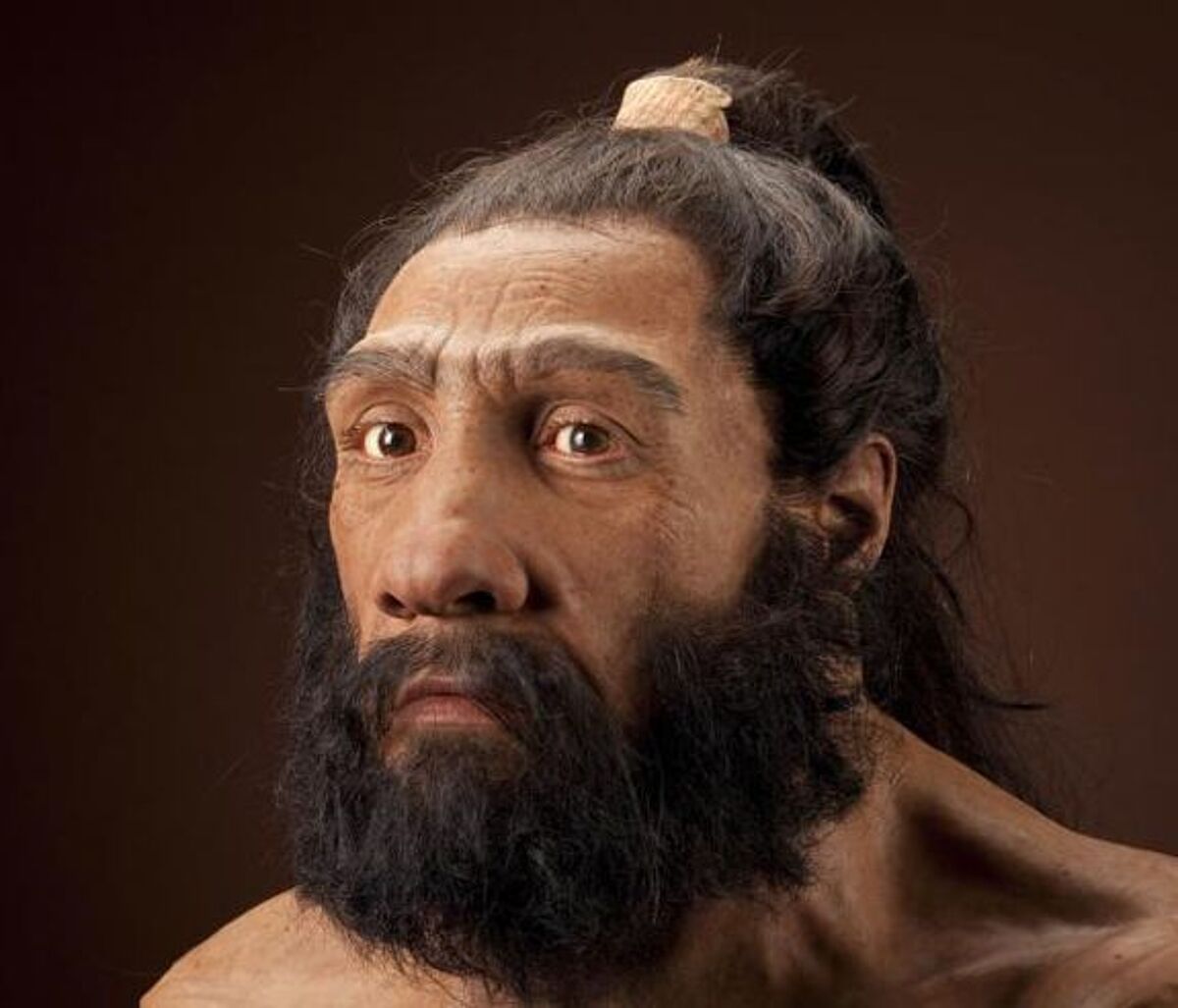Neanderthals and Denisovans are extinct groups of archaic humans and the closest evolutionary relatives of humans living today. Sequencing of Neanderthal and Denisovan genomes has revealed significant admixture between homo sapiens and archaic humans.
The Problem
Archaic human genomes have been sequenced and compared to modern humans, but most high-quality archaic DNA comes from females. The lack of well-preserved archaic DNA from males has made it difficult to fully capture the Y chromosome—passed from father to son.
Fully sequencing the Y chromosome could provide deeper insights on interbreeding between modern humans, Neanderthals, and Denisovans, which could offer additional information about population splits and gene flow events between archaic and modern humans or populations related to them.

The Approach and Findings
Petr et al. employed targeted sequencing to enrich for the Y chromosome and leveraged the Y chromosome's haploid nature to boost coverage and minimize the impact of DNA damage on genotyping accuracy.
Petr et al. sequenced the inherited Y chromosomes from three Neanderthals and two Denisovans from previous genetic studies and compared it to modern humans. From this information, they constructed a timeline of divergence and simulate gene flow between modern humans and Neanderthals using mutation rate and genetic load assumptions.
Sequencing and Genetic Profiling
First, they enriched for Y chromosome DNA using capture array or hybridization capture by designing probes targeting roughly 6.9 Mb of the non-recombining region for Denisovans and Neanderthals, which produced sequence coverage ranging from 0.8x to 14.3x for archaic humans.
Next, the researchers implemented a consensus approach to call genotypes of the captured chromosomal regions. To agree on a single allele and to minimize the impact of DNA damage on accuracy, they required 90% of the reads at each site had 3x coverage.
Relationship Building
Using a neighbor-joining tree based on the Y chromosome genotype, they found that Denisovan Y chromosomes split before Neanderthal and modern human Y chromosomes diverged from each other—unlike the rest of the nuclear genome, which illustrates Neanderthals and Denisovans as sister groups to modern humans. According to the researchers, Denisovan Y chromosomes split from the modern human lineage ~700,000 years ago, aligning with estimates based on autosomal data. Interestingly, they found that the Neanderthal Y chromosomes split from modern human lineage much later than previously thought, estimated at ~370,000 years ago.
What Does this Mean?
The new estimate of population split between Neanderthal and modern human Y chromosomes suggests introgression where segments of the modern human Y chromosome replaced those of Neanderthals through gene flow. This idea is plausible as Neanderthals have accumulated deleterious variations compared with modern humans and had a small population size, making it probable for detrimental variations to persist. The researchers suggest that because the genetic load is on a chromosome crucial in reproduction, threatening fitness, the modern human Y chromosome could have been given preference.
Introgression Simulation
Petr et al. simulated modern human Y chromosomes' introgression into Neanderthals, varying the level of Neanderthal Y chromosome fitness and genetic contribution from modern humans between 1% and 10%. They found that even a 1% reduction in Y chromosome fitness dramatically increased genetic replacement from modern human to Neanderthal Y chromosome.
These results imply that differences in genetic load in uniparental loci between two hybridizing populations could be driving the replacements observed in other hybridization events.
References
Petr et al. (2020) The evolutionary history of Neanderthal and Denisovan Y chromosomes. Science, DOI: 10.1126/science.abb6460


